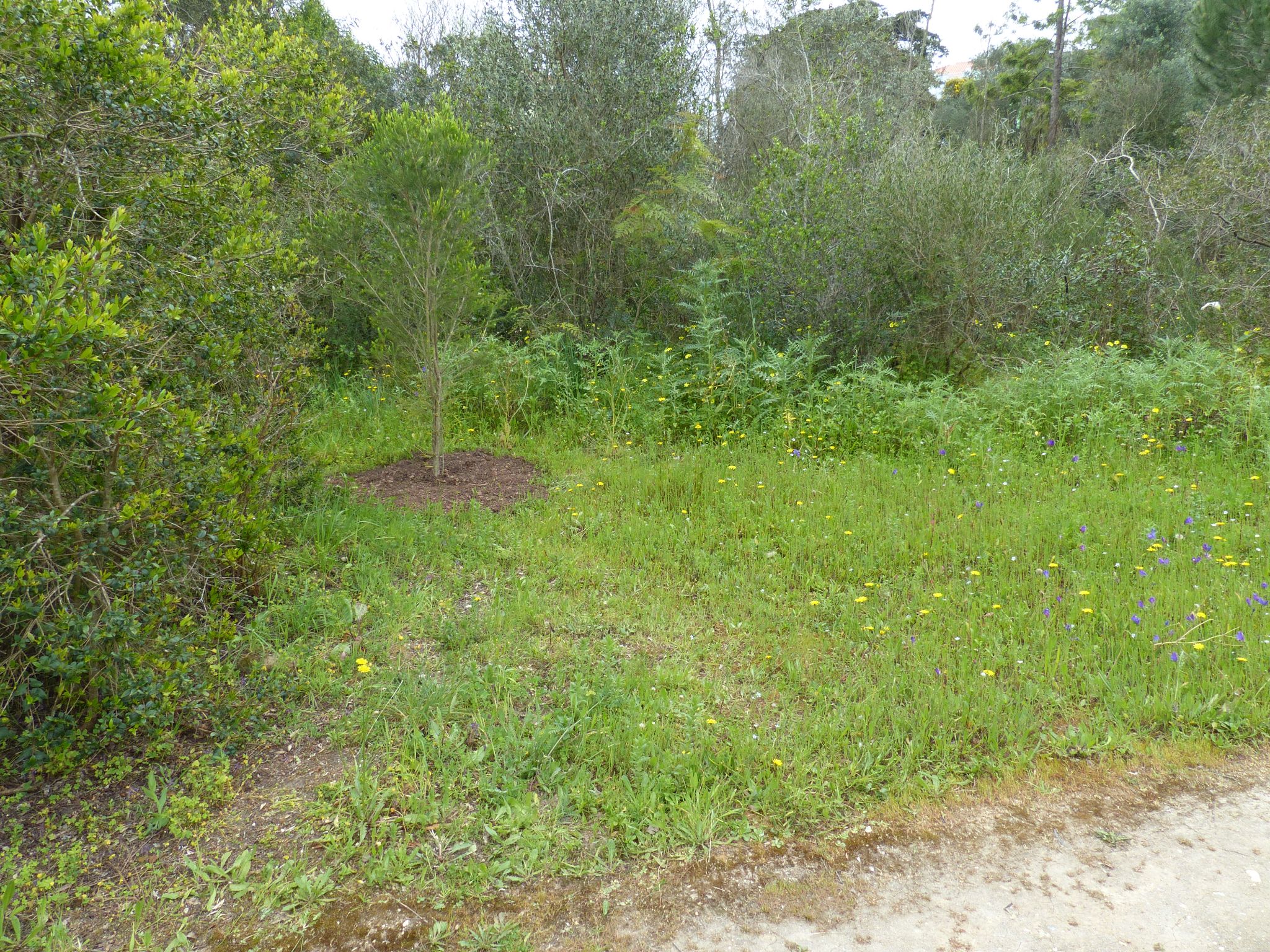
This was a small project we threw together over three days on our Plant Sciences fieldtrip to Portugal. Our project compared the strategies used by two parasitic plants in the Orobanchaceae and a shared host species in the Fabaceae.

This was a small project we threw together over three days on our Plant Sciences fieldtrip to Portugal. Our project compared the strategies used by two parasitic plants in the Orobanchaceae and a shared host species in the Fabaceae.
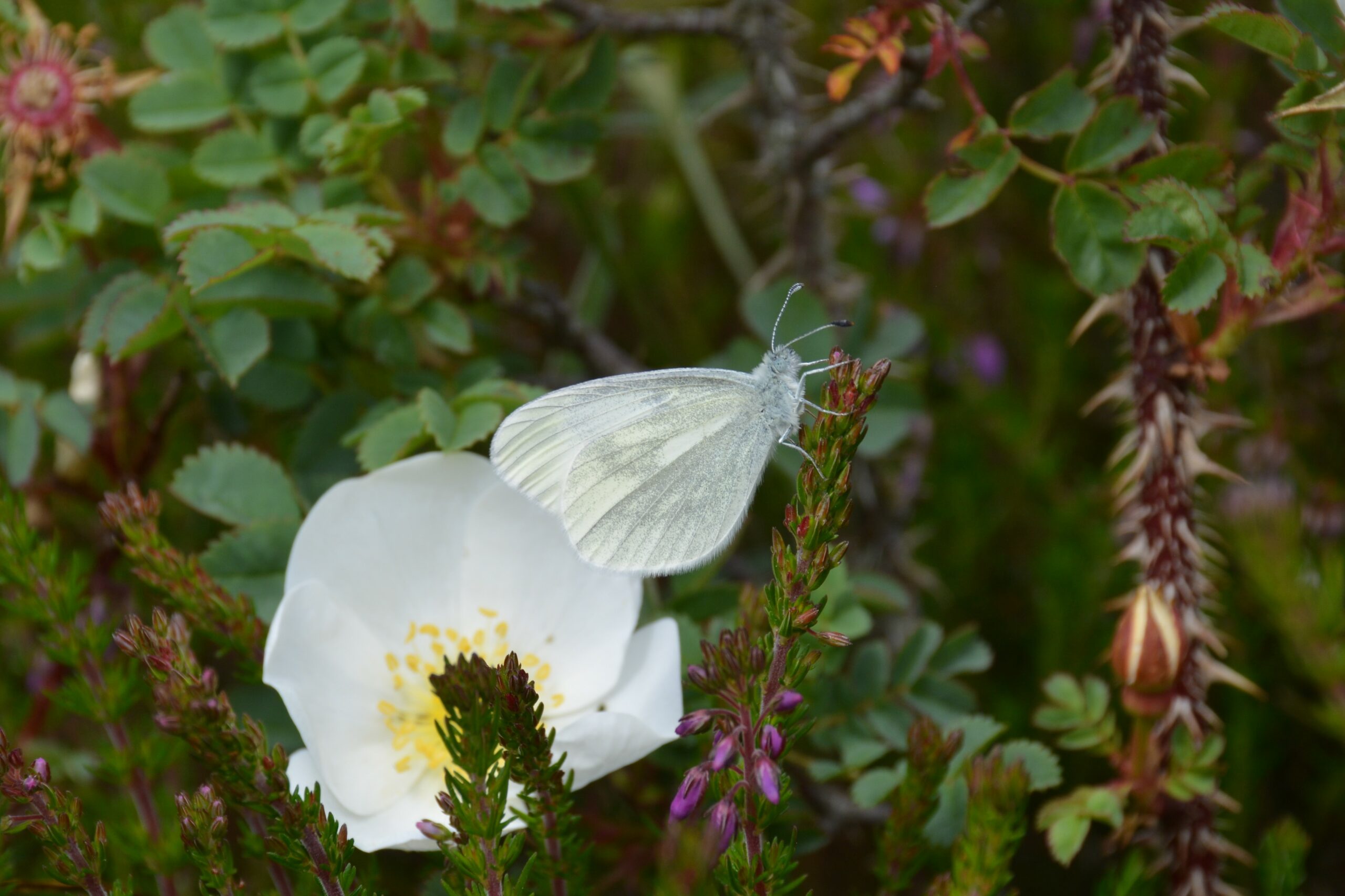
My favourite butterfly, which I first saw during lockdown. They are the most delicate of the white species (Pieridae) found in Ireland and flutter through grasslands in May and June. Taxonomy For a long time, scientists wondered why Wood Whites ( Leptidea sinapis ) were fairly widespread and common in Ireland, when they were so rare in England.
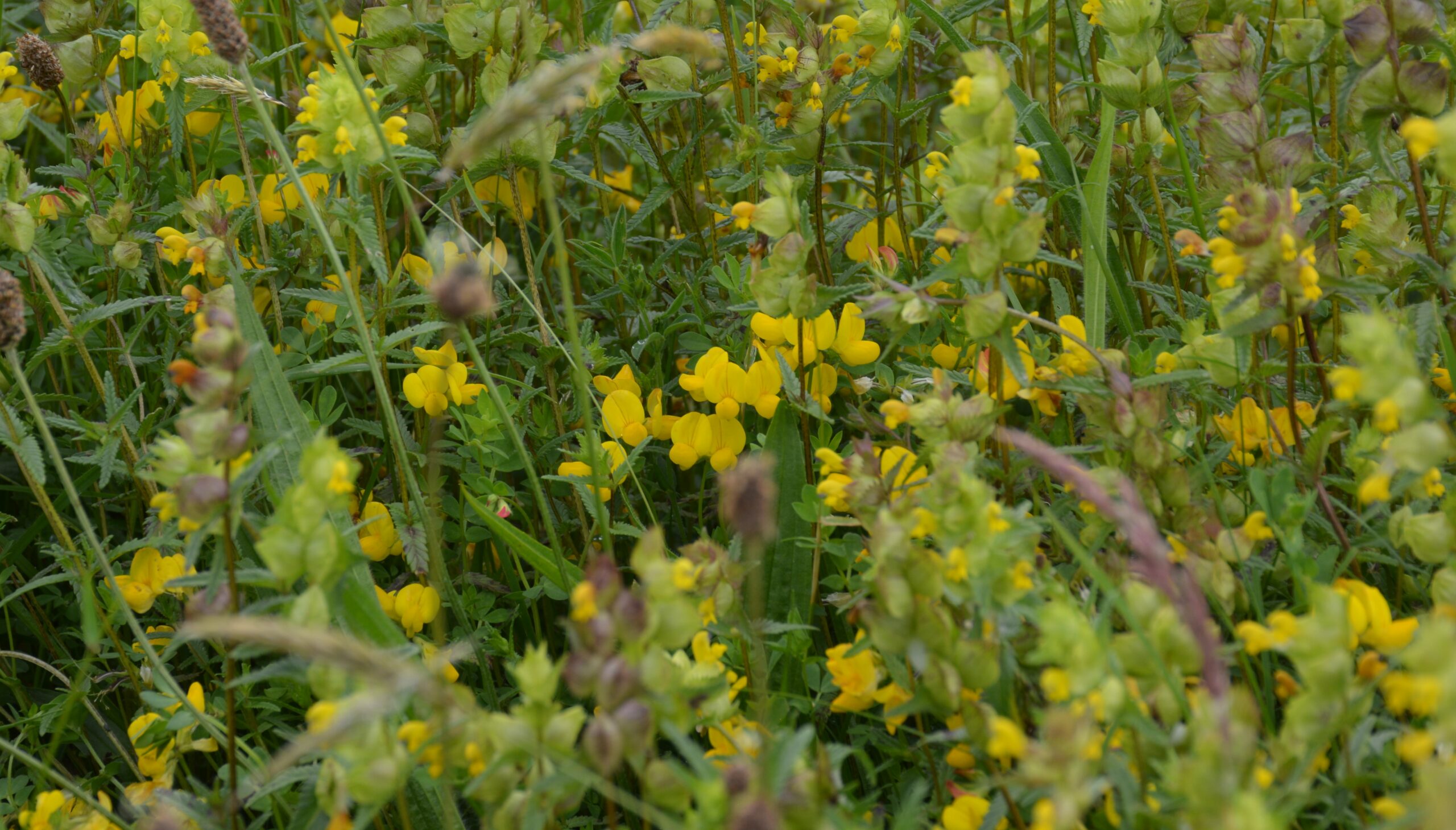
Hemiparasitic plants are those which steal water and nutrients from other plants, but still photosynthesise (so are green). They are an interesting part of the Irish flora, and some can play an important role in grasslands by weakening other plants – particularly Yellow Rattle.
As someone who has been deeply interested by plants as long as I can remember, I have grown to appreciate all the different habitats I come across in Ireland. Each has its own unique set of species, but one that has always particularly caught my attention is our grasslands.
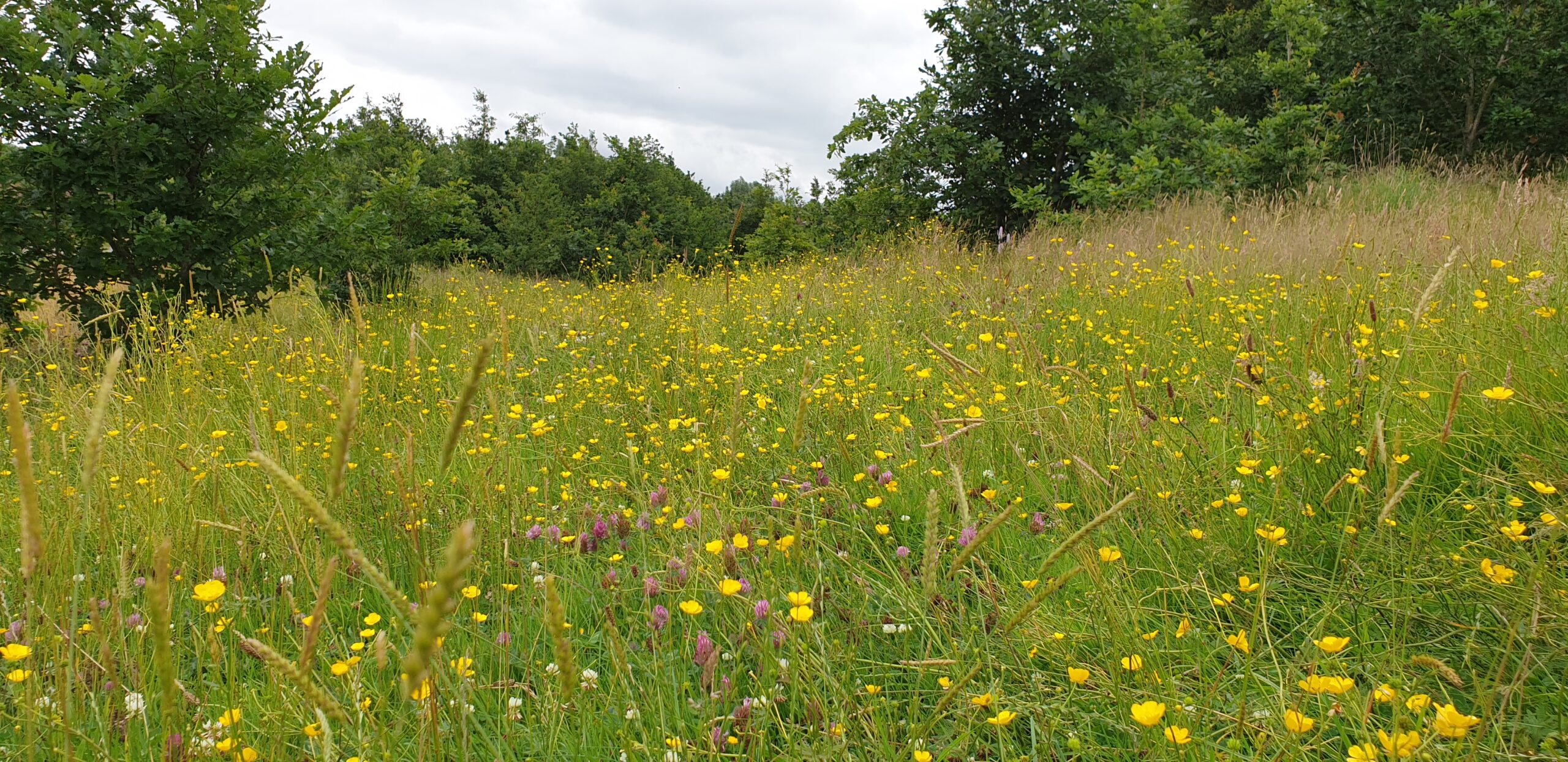
In the nineties, the Belfast Naturalists’ Field Club extensively surveyed the urban flora of Belfast, resulting in a book, Urban Flora of Belfast . Many plants new to Down and Antrim were found, and most of these were new to Ireland as well. This was a three-year effort involving some thirty-one recorders.
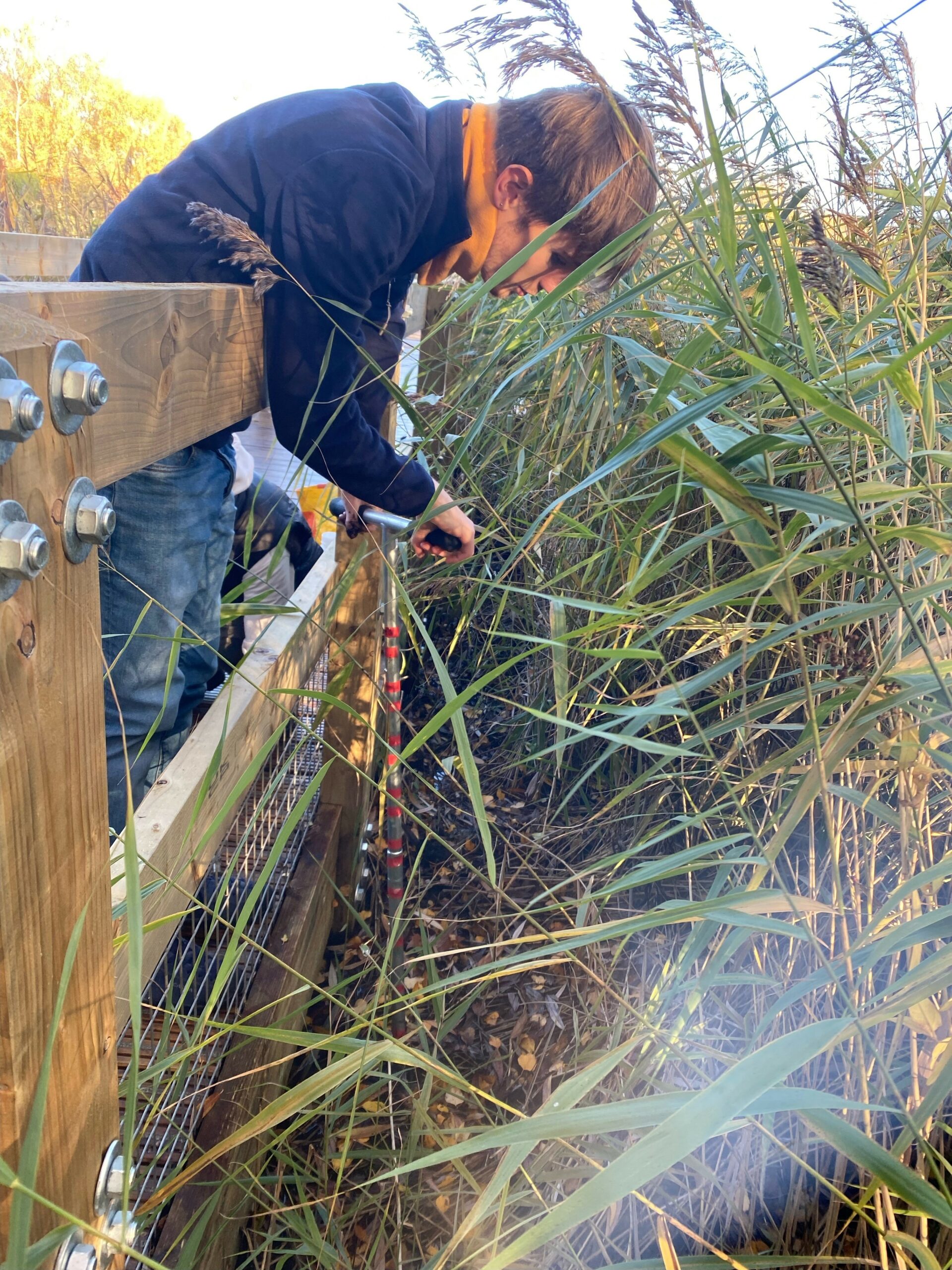
Today I had the opportunity to work as a field assistant with a PhD student, Thomas Marquand. He is researching CO₂ and methane dynamics in soil in restored and reclaimed fens in East Anglia (with the Centre for Landscape Regeneration). We took samples from the fen exhibit in the Cambridge Botanic Gardens and used a spectrometer to measure CO₂ and methane concentration, and also δ¹³C-CO₂.
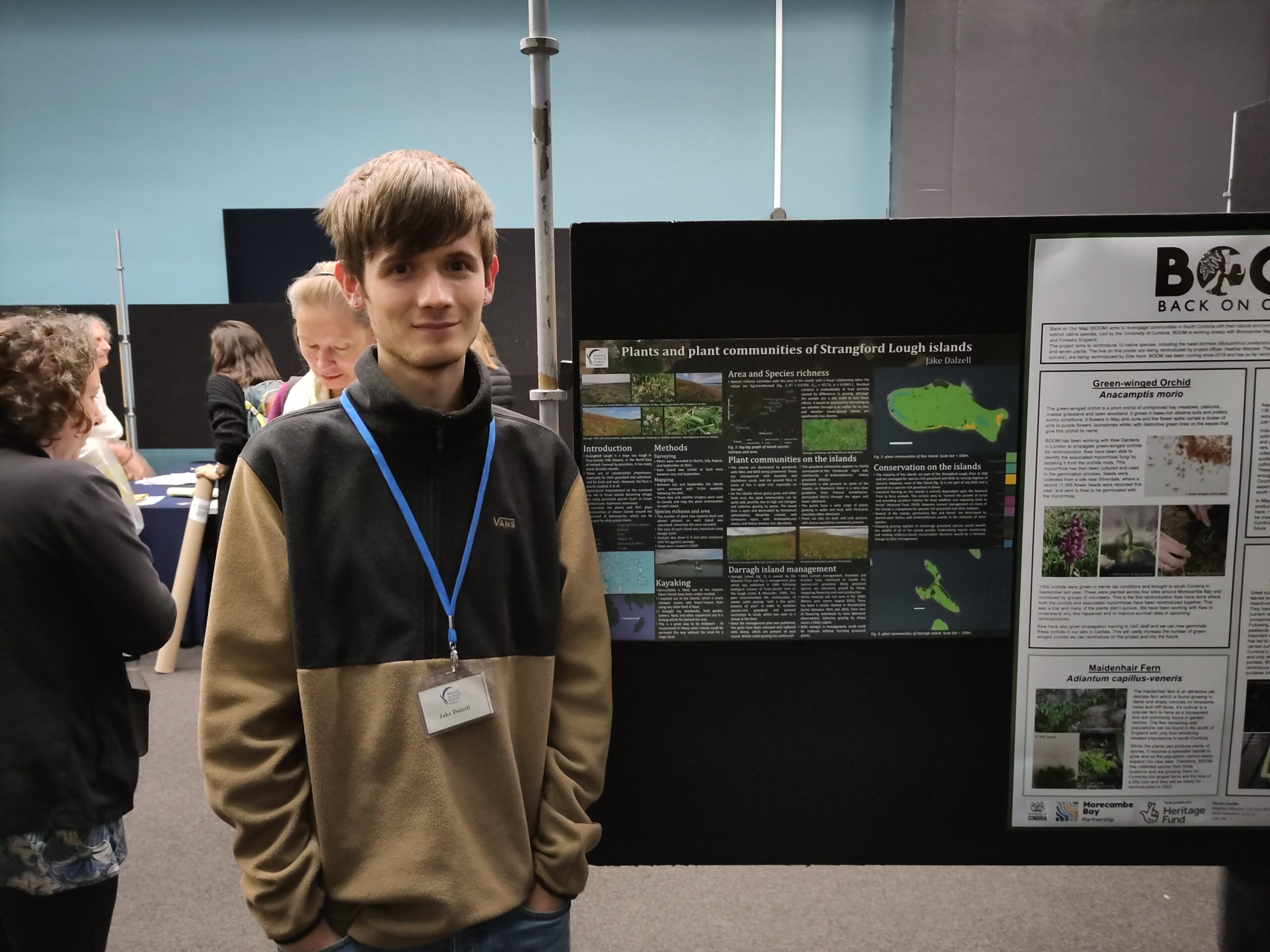
Today I went to the BSBI’s November conference in the Natural History Museum in London! I presented my poster on my summer project surveying islands on Strangford Lough, and got to do a 60 second flash talk. It was really great to meet other people who are passionate about plants and learn from them. Read the html version of my poster here. Watch my (very brief!) flash talk here.
03/11/2023 EDIT: actually a rediscovery, this species was recorded in Belfast pre-1930 Earlier this year, I found a species of grass I didn’t recognise, growing as a pavement plant in East Belfast. With a guide I identified it as Polypogon monspeliensis (Annual Beard-grass), a new species for County Down. This species is known from Dublin and Cork, and there is a previous Ulster record from Keady in Armagh.
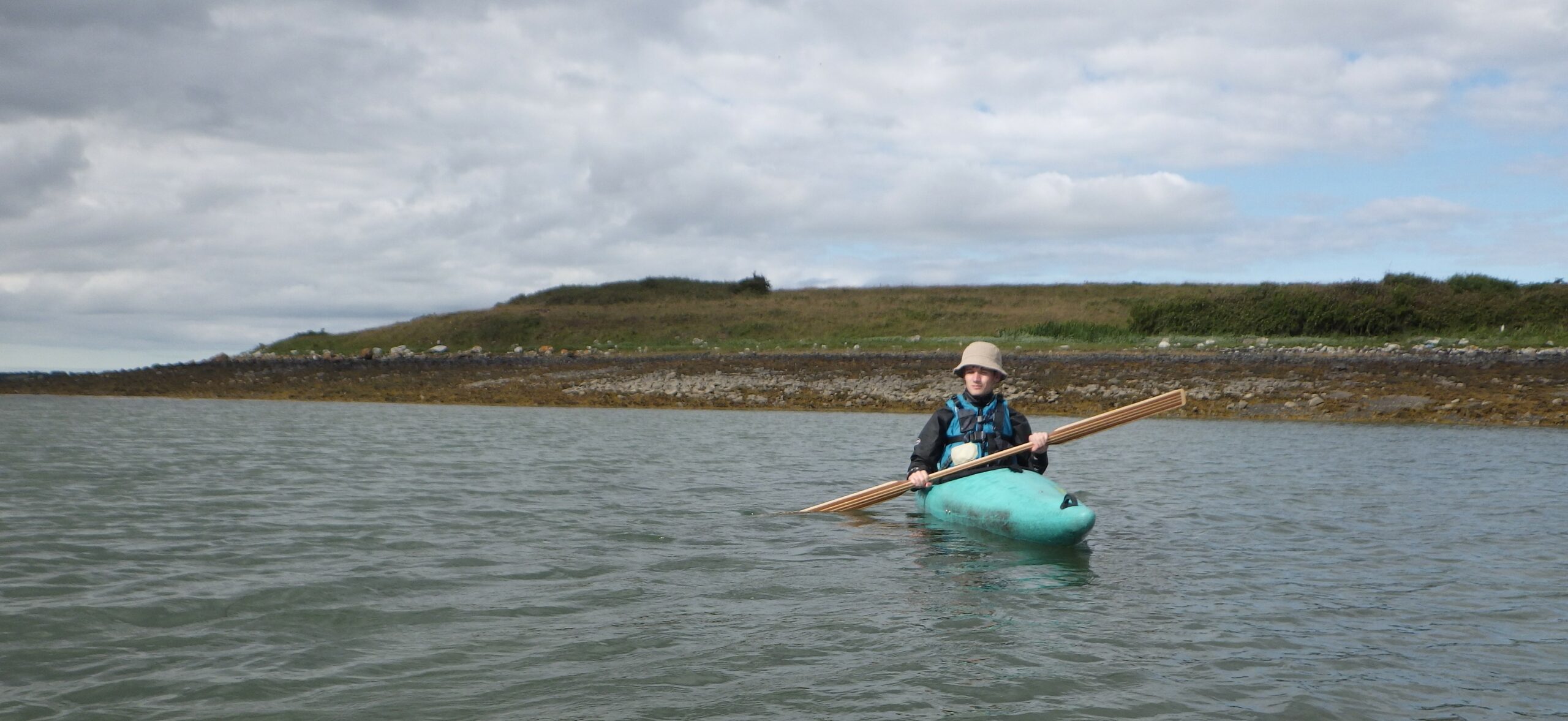
This summer I am cataloguing the flora and plant communities of twelve islands [EDIT 20/11/22: it ended up being eleven islands!] in Strangford Lough, with the help of a BSBI Plant Study Grant. The goal is to have a complete species list of each island and a map showing all of the plant communities and where they occur. I have been kayaking to these islands and doing a thorough survey, and also quadrats in each distinct plant community.
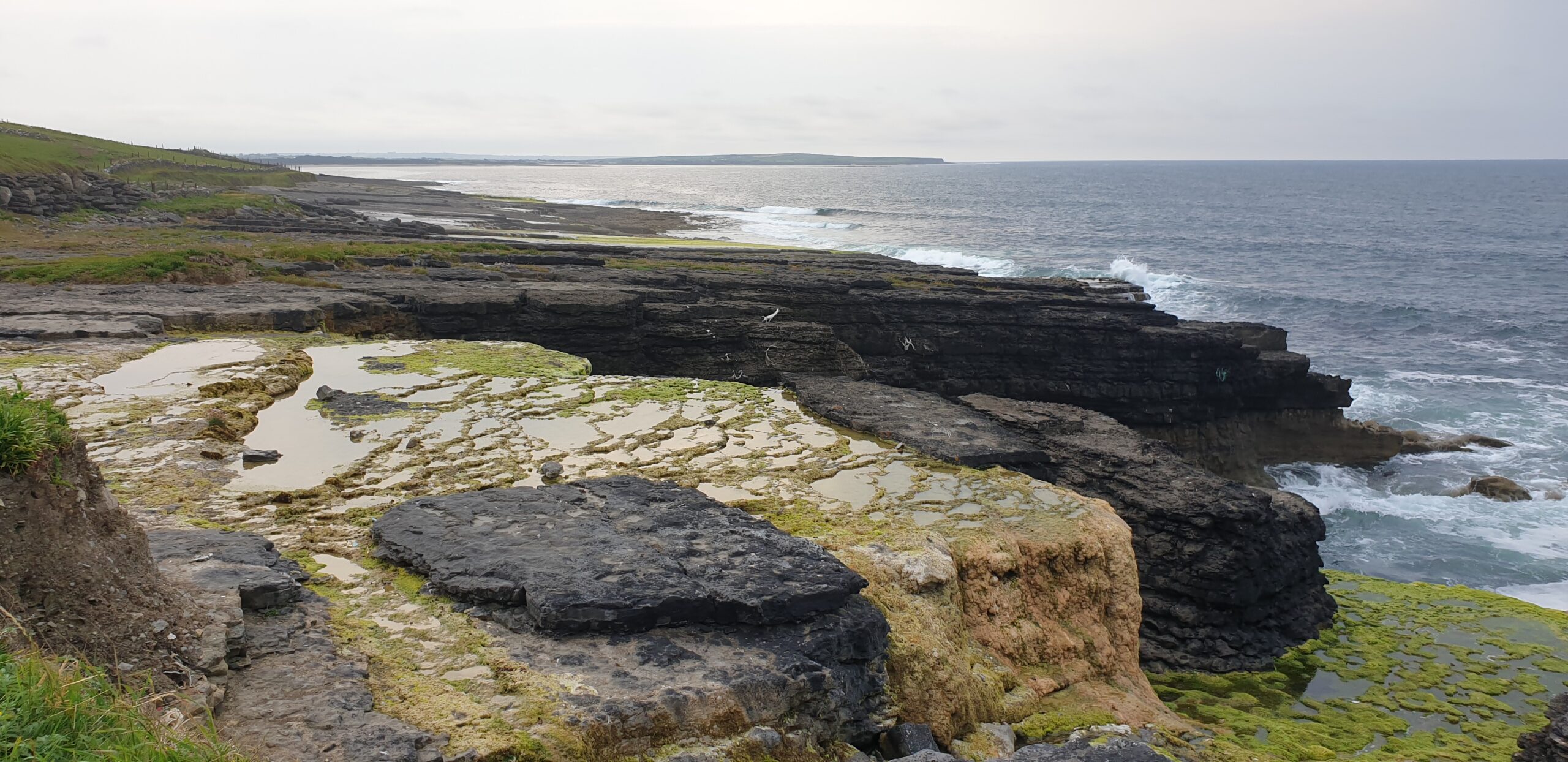
In July I spent a few days in Sligo as a field assistant with an international, interdisciplinary team who are studying peritidal stromatolites. Stromatolites are layered rock formations created by microbes, and peritidal stromatolites form in the area of the shore that is affected by seawater from the tide or from sea spray. This makes them unique as they can experience large changes in salinity.